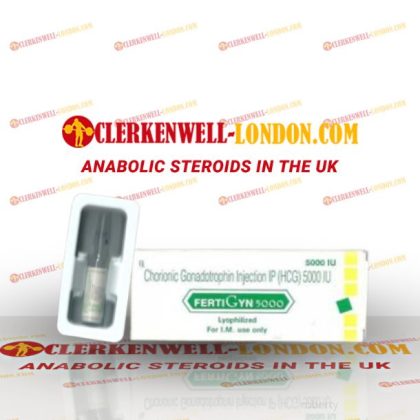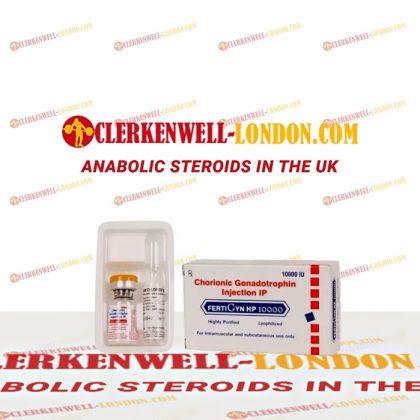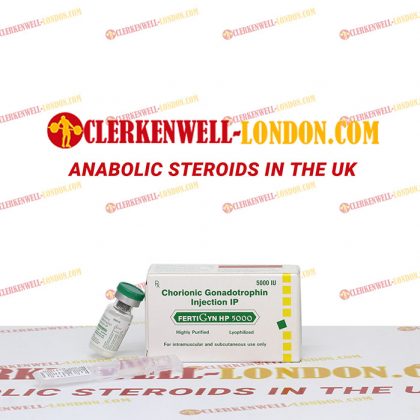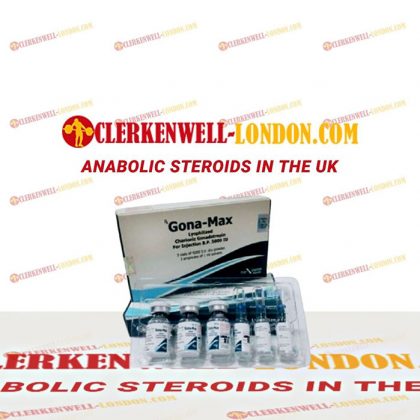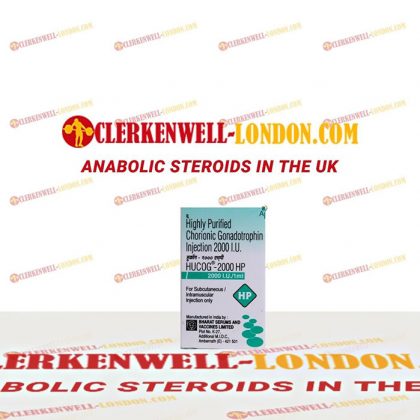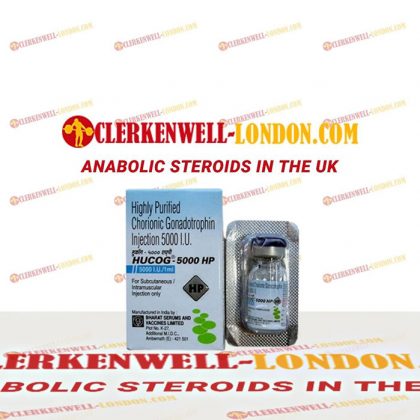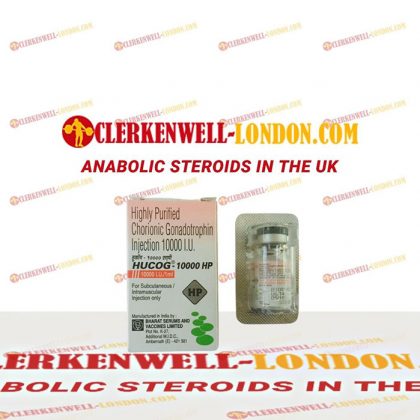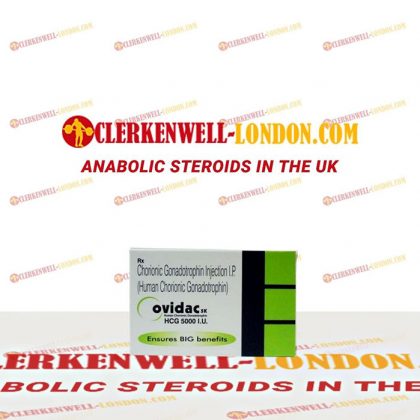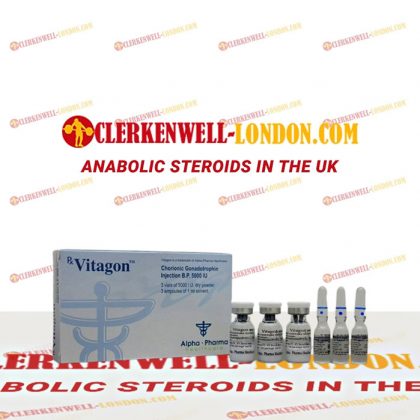- Empty cart.
- Continue Shopping
What is HCG?
A hormone called human chorionic gonadotropin (HCG) is created by cells that surround a developing embryo (at first called a syncytiotrophoblast), which after implantation develops into the placenta. During pregnancy, HCG can also be found in a woman’s blood and urine. Luteinizing hormone (LH), the pituitary’s equivalent of HCG, is created in the pituitary glands of males and females of all ages.
What is HCG used for when bodybuilding?
The quickest way to recover from a steroid cycle and regain testicular function is with HCG. It is one of those things that is better to have if you can get it, especially for health reasons during a cycle of AAS, even though it is not necessary for some cycles and novice users (depending on the strength and length of a cycle).
HCG mimics luteinizing hormone in a way that synthetic testosterone does not. The hormone that instructs the testes to produce testosterone is the luteinizing hormone, or simply “LH.”
For this reason, post-cycle therapy and/or testosterone replacement therapy frequently involve the use of HCG. The use of HCG also lessens the shrinkage of the testicles caused by steroid use.
The testes receive the signal from HCG to keep producing LH. There are two types of hypogonadism associated with the cessation of testosterone: primary and secondary.
Since secondary hypogonadism is more prevalent, let’s start there.
- Secondary hypogonadism
This occurs when the hypothalamus or pituitary gland either stops producing testosterone altogether or lessens its output. In this situation, HCG is being used to restore LH levels and assist you in restarting testosterone production.
- Primary hypogonadism
The testes are completely incapable of functioning at this point. Most men don’t experience this, though. Primary hypogonadism is when the testicular function itself no longer functions but the signal from the brain is still present. This is in contrast to secondary hypogonadism, where the brain is not sending the signal to the testes (often as a result of synthetic testosterone cycling).
In the same way that we mimic testosterone levels in the absence of the testosterone that is produced by our bodies, you can mimic LH production and follicle-stimulating hormone in the testes despite the absence of “natural LH and FSH.”
That means that, in most men, fertility can still be maintained by taking testosterone replacement therapy because you can still produce sperm and maintain testicular function while doing so.
What is the dosage of HCG that should be used?
HCG can be used in two different ways while cycling and two different ways while undergoing long-term testosterone replacement therapy (TRT):
- To maintain stable testicular function, the first technique is to administer a lower dose continuously throughout the cycle (or TRT). The typical dose of HCG used during a cycle or TRT is 250 IU to 500 IU per week during a steroid cycle. If you use HCG while you are on a cycle, you do not need to use it when you are coming off of a cycle or when you are on TRT.
- If you’re on TRT, the second method of using HCG involves injecting it at higher dosages more frequently. During testosterone replacement therapy (1250 IU twice weekly for 2 weeks), many people will use a 5,000 IU vial throughout 2 weeks, once every 10–12 weeks.
There are a few reasons why it’s typically run in two different ways, as you might wonder:
- For starters, once combined with bacteriostatic water, HCG has a shelf life of roughly 30 days. If you run 250 IU a week consistently throughout, your HCG will expire before you’ve used it all because many vials are 5,000 IU vials.
- The second issue with this is that some users believe it takes more HCG per injection to stimulate the testicles, which is more for aesthetic than fertility purposes (users do not want to see their testicles shrink while using AAS).
Running HCG throughout is probably the better option for fertility reasons because you’re continuously stimulating follicle-stimulating hormone and luteinizing hormone without letting up.
How to mix and administer HCG safely?
A 1 ml insulin syringe is the simplest tool to use when injecting HCG. If the vial does not already contain bacteriostatic water, you will need to purchase some. Whether the vial contains 5,000 or 2,000 IU of powder, you will need to add 1 ml of bacteriostatic water to the vial. (When combining, make sure to slowly pour in the water and gently stir in a clockwise direction until all the powder has dissolved.)
The side of a 1 ml insulin syringe has marks starting at 10 and going up to 20, 30, 40, 50, 60, 70, 80, 90, and 100. In other words, if 100 units of water equal 5,000 IU of HCG, then you know that once the water is drawn into the syringe, 500 IU of HCG is present for every mark of 10 on the syringe.
To use 250 IU each week, you would therefore fill the insulin pin to 5 clicks (halfway to the 10 mark) and inject it.
Since your test levels will drop to their lowest during your cycle on this day, it is best to inject the day before your testosterone injection.
- To prevent testicular atrophy:
The HCG will help your body produce more testosterone, and its 72-hour life span will extend halfway through the week.
- For men receiving testosterone replacement therapy (TRT):
The advice is the same; just give a 250 IU shot the day before your steroid injection.
If you only receive one testosterone injection every two weeks, you will need to administer it twice during that time.
You should fill your pin up to the 25-unit mark if you only use HCG occasionally while on TRT or exclusively for two weeks after your cycle.
(Since there isn’t a “25 unit” mark on an insulin syringe, you’ll need to add 5 units to the “20 mark” and inject that twice a week, evenly spaced apart (Mon/Thurs), for a total of 5,000 IU of HCG over two weeks at 2,500 IU per week.)
When using HCG, you should switch from weekly injections to twice-weekly ones because HCG can increase your risk of developing gynecomastia if too much oestrogen is converted while increasing your testosterone levels.
To ensure you counterbalance any side effects and maintain your health, keep in mind that you should use an aromatase inhibitor such as Aromasin or Arimidex at a dose of 1/2 mg every day for two weeks while using HCG.
